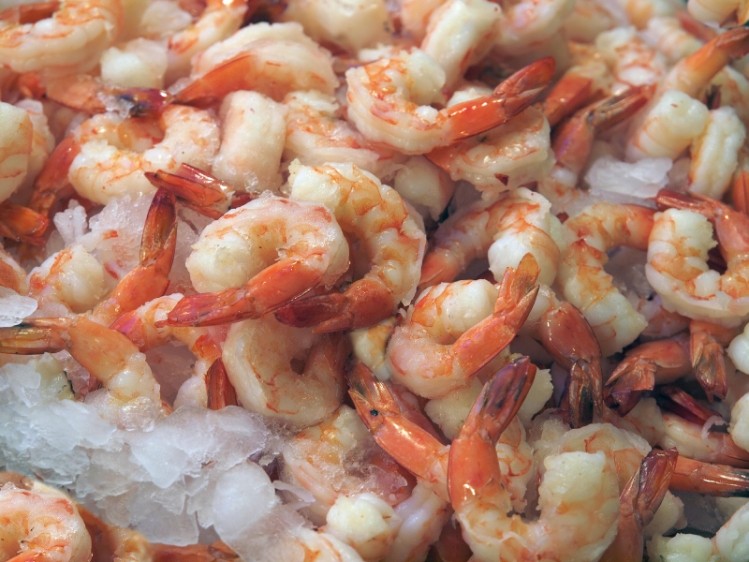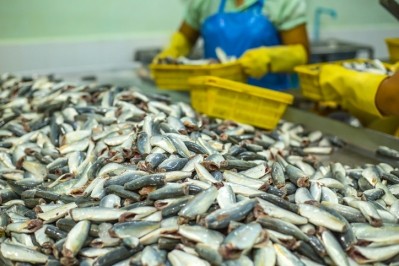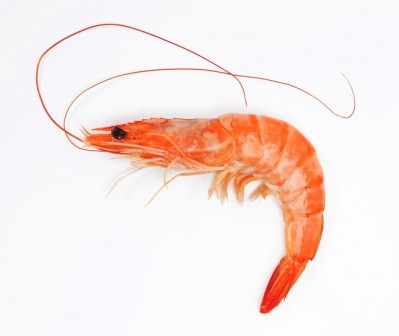Low prices may result in shrimp feed oversupply

The Netherlands-based company highlighted details of the shrimp production market, including implications from a price drop for shrimp feed producers, in a report released in mid-August.
Overall, the crash in shrimp prices was anticipated, however, the sector still presents a hopeful picture for long-term growth, said Gorjan Nikolik, corresponding author and associate director for animal protein and seafood with Rabobank.
“There was strong growth for two or three years,” he told FeedNavigator. “There is great opportunity now to drive demand because we’re still in an expansion mode globally … shrimp is a category that has a lot of promise.”
“It’s an affordable, everyday luxury,” he said.
Looking forward, there will be opportunities to continue to grow demand, if more slowly than the expansion seen in the past few years, he added.
Although growth is expected to slow, it also is projected to continue, the report authors said. However, there may be increasing challenges in gaining the investments needed to address biosecurity and mechanization.
Disease challenges like early mortality syndrome (EMS) were anticipated to eventually create an oversupply in shrimp production, they said.
While some countries, like Thailand and China, dealt with a drop in production from disease, others like India and Ecuador have been expanding production by 400,000 tons and 250,000 tons, respectively, they said. India, and several other countries across Asia, also saw a shift from monodon farms to the raising of vannamei.
Oversupply and feed production
The change in shrimp price and the pace of market growth also could bring some changes for shrimp feed producers, said Nikolik.
“There is always a link between shrimp supply and feed demand they are fairly linked although there is kind of a lag or momentum,” he added.
“The feed industry is trying to anticipate what is going to happen in the future, but takes a while to build feed mills,” he said. “So usually when a change in direction happens like this one it creates a temporary oversupply.”
The shift likely will be most noticeable in India, he said. Expansion of the production market had supported momentum to generate more shrimp feed and build new feed production facilities.
“They had a certain production expectation for 2018 and 2019,” he said. “Now, after the beginning of this year, many of these plans have changed.”
Companies that work with shrimp feed or production have seen share-price contraction, the report authors said. More than 60% of market capitalization was lost in the first part of 2018.
However, the oversupply of feed is expected to be a temporary situation, said Nikolik. In the longer-term India is anticipated to see continued growth in the industry and the feed supply will be used.
“I don’t know if in 2018 India will end up with a small contraction or a small growth – it’s too early to say that,” he said. “But it certainly won’t be the big growth that we had before and certainly the big growth that people expected, but eventually India will come back to growth.”
Report highlights
Regionally, there could be some consolidation among players in the shrimp industry following the downturn in price in areas like India, said Nikolik. However, producers in several places like South America are already highly concentrated.
In India, several companies within the shrimp industry had planned to make an initial public offering (IPO), based on the valuation their peers had received on the stock exchange, he said. “Now, clearly, that’s not going to be possible or not at the same price, so what do they do? Do they wait for the next opportunity, which could be in 5 or 6 years or seek a different way?”
The outcomes of some of those decisions could lead to mergers within the industry, or allow for foreign investment, he said. “The IPO would have made it more difficult for international players or for consolidation to happen because the prices were so good on the stock exchange,” he added.
With the drop in the share price, there also may be some less efficient producers who exit the industry, he said. Mid-size and larger producers will have the ability to become increasingly professional and expand, but not all will be able to adapt.
As some shrimp production becomes more intensified, the technology and production systems used also have started to change, said Nikolik. Producers have started to use systems like liners and covers to protect production areas from the environment.
Technology development was one consequence of the high prices the industry experienced, said the report authors. As producers sought to address disease challenges there were biosecurity investments made and new practices developed.
These have covered areas like a focus on the nursery stage to improve shrimp growth before moving shrimp to a grow-out facility, they said. Efforts to improve water quality also have been part of this process.
Another change that is coming to the shrimp industry is the use of targeted nutrition and efforts to support improved genetics, said Nikolik.
Feed has to adapt to meet the needs of shrimp at different stages of production or specific genetic lines, he said. Data tools and diagnostics also are playing a larger role in intensifying how shrimp are produced.
“As an example, you could have … a diagnostic tool in the water that tells you there is a heightened risk for EMS,” he said. “Then you would adjust the feed and put in a high-quality feed that tries to prevent the disease or even put some kind of medication in the water – these are all the things that are happening, and it’s all connected, and feed is an integral part of the picture.”









